Last Chance to Catch NYC's Holiday Notalgia Train
We met the voices of the NYC subway on our nostalgia ride this weekend!



As all tourist guide books will elaborate, Budapest is a city with a layered history spanning several epochs, beginning with settlement in 1st century AD by the Romans; punctuated by periods as city of the Habsburg Austro-Hungarian Empire, Nazi occupation, national revolution, and a crushing socialist regime. Straddling two sides of the mighty Danube, Budapest has been the site of power struggles since its beginning. Due to this rich history, the Magyards (as the Hungarians are known to themselves) have themselves a beautiful city with loads to see and do, complimented by a very diverse and active nightlife – so depending on mood or touristic aspiration, this city certainly has something for everyone – and won’t break the budget.
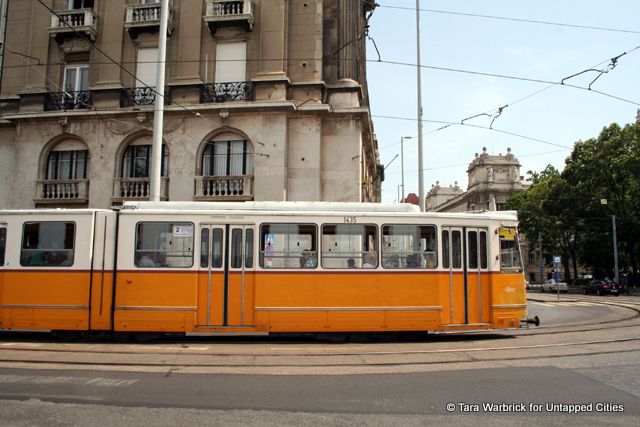
Budapest is walk-able, and the network of socialist-era-retro trains and buses relatively easy to navigate for those that prefer alternative means for traversing the city and its great bridges.
Currently and constantly undergoing piecemeal renovation, Neo-Gothic and Baroque is the predominant architectural style of Budapest’s built heritage thanks to war and destruction at the hands of the Mongols, Turks and Nazis. Budapest was subject to heavy Allied bombing during German occupation towards the end of the Second World War, only to have the retreating Nazis themselves bomb Buda Castle and the bridges spanning the Danube at the close of the war.



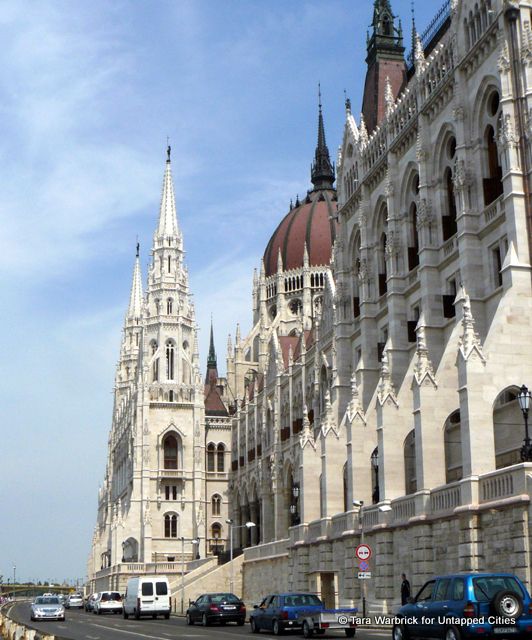
No visit to Budapest is complete without seeing these landmarks, now re-built and restored to former glory, together with other must-see sights such as the Parliament Buildings and the Basilica of St Stephen.
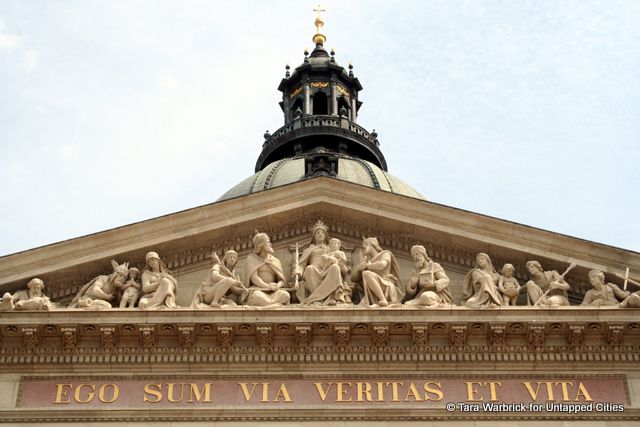


Also not to be missed are Budapest’s many outstanding Art Nouveau buildings, including the Budapest Great Market Hall where you can pick up cheap and fresh lunch or souvenirs.

It was the more recent and seemingly temporary spaces inserted within dilapidated buildings, vacant lots and side-streets that drew my attention, as this is where Budapest’s lively bars and clubs are tucked away like speak-easys, in neighbourhoods all over the city. Budapest’s ruin-pub scene is well known. My travel buddies and I enjoyed roaming the streets – finding so many several relaxed open air bars with people enjoying the warm Summer temperatures, supping on cheap beers and cocktails. A pint of domestically brewed beer is setting one back the equivalent of just over 2 Euro. And the food on offer in Budapest restaurants is typically super-stodgy, fat and carb-laden – though fresh salads and healthier options can be hunted out if you look hard enough.
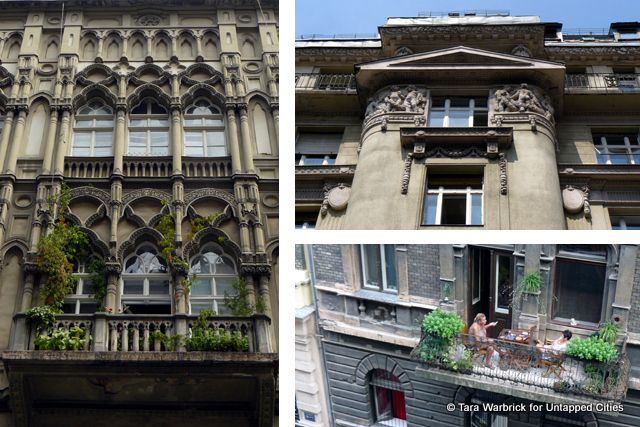
Not so well hidden, but by no means less-cool, GàÆ’ ¶dàÆ’ ¶r Club is a Summer-time open air bar that occupies the site of a former Communist era bus stop overlooking Erzsébet tér in the Inner Town area of Pest. Electronic music emanates from speakers to the adjacent park on Friday and week-end evenings.
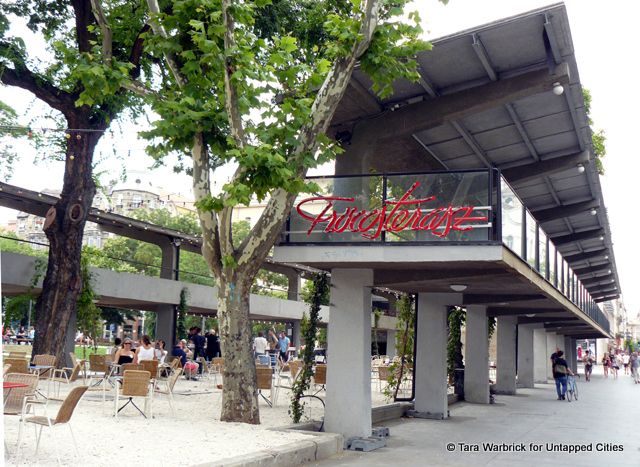
The area of Erzsébetváros, running North of Károly kert and East of Bacjszy-Zsilinszky àÆ’ ºt & Andrassy àÆ’ ºt has the densest concentration of bars and relaxed restaurants, though note that many are only open during the summer. Though our group never followed any set map or plan, a convenient summary of some great bars can be found on here, though we sadly managed to miss the famous Szimpla Bar on Kazinczy utca.
Castro Bar on Madách Imer tér and set in a cool colonnade in Erzsébetváros, has a varied menu offering fresh salads and heartier traditional meals.
Further North along Madách Imer tér is new café Little Melbourne, where most of the coffee beans come from Melbourne (or at least Melbourne via London), and baristas crank out coffees that do justice to the café’s antipodean origins. Whilst expensive by Budapest standards, the coffee and food is a great pick me up after a long night at super roof-top bar CorvintetàÆ’ ¶.

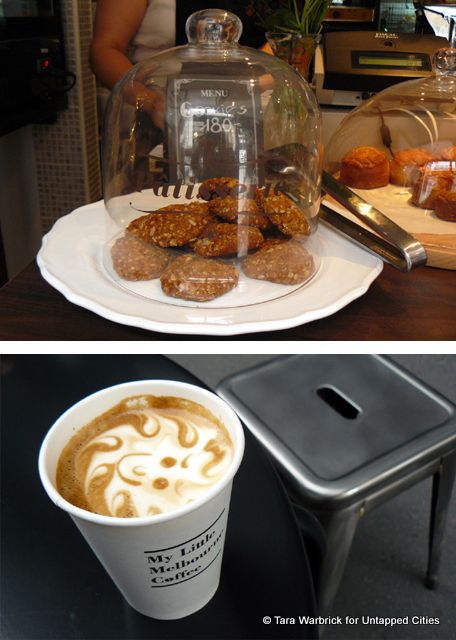
Get in touch with the author @twarbrick.
Subscribe to our newsletter